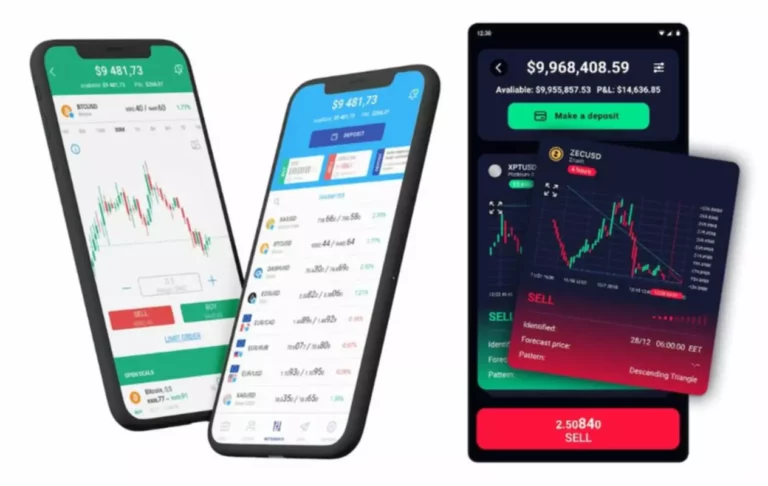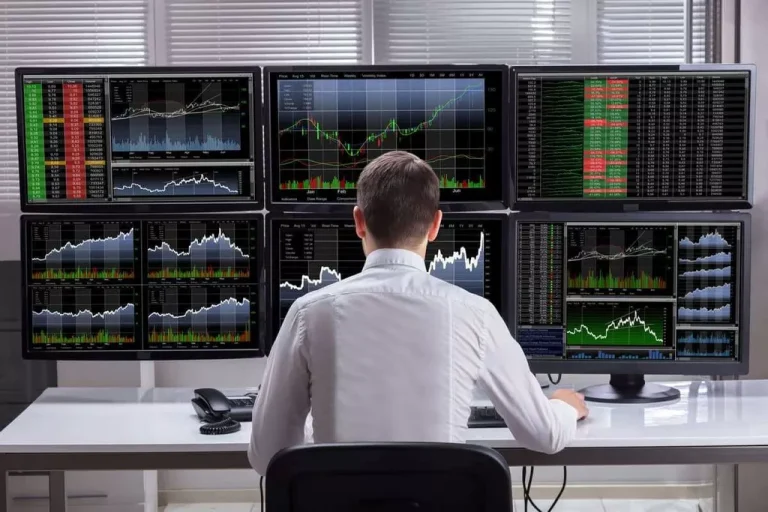Content
ETPs also https://www.xcritical.com/ offer a more transparent investment process, as their holdings are disclosed daily. Exchange-traded products can be benchmarked to myriad investments, including commodities, currencies, stocks, and bonds. While the creation-redemption process provides price stability, ETF shares occasionally trade at premiums or discounts to NAV. Such variations typically stem from liquidity conditions, trading hour mismatches between funds and underlying assets, or heightened market volatility. Market participants must consider these factors when executing position changes. At their foundation, ETPs exist as securities designed to track underlying assets or basket of assets.
What to Consider When Choosing Between ETPs and ETFs
They are listed on stock exchanges and can be bought and sold throughout the trading day like individual stocks. ETFs typically track a specific market etp vs etf index, sector, commodity, or other asset class, providing investors with exposure to a diverse range of securities in a single investment. Their benefits include liquidity, lower expenses than mutual funds, diversification, and tax advantages. ETPs differ from traditional investment options, such as mutual funds, in their structure and tradability.
Where have you heard about exchange-traded products?

These ETFs use financial derivatives like futures, options, and swaps to achieve their goals. For example, the Direxion Daily Financial Bear 3x Shares (FAZ) is a triple bear fund. It attempts to move 300% in value in the opposite direction of the Financial Select Sector Index. It white label uses derivatives and other types of leverage to boost its performance returns. Like mutual funds, ETFs are regulated under the Investment Company Act of 1940, with additional rules tailored explicitly to ETFs. Other ETPs, such as ETNs and ETCs, fall under different regulations based on their structure (e.g., debt securities).
Exchange Traded Product vs Exchange Traded Fund

These are funds that hold a type of stock that shares characteristics of both equity and debt instruments. Preferred stocks come before common stocks for dividend payments and asset distribution in case of liquidation, but they usually don't carry voting rights like common stocks. They typically have higher dividends than common stocks and even some bonds, making preferred stock ETFs attractive for income-seeking investors. Exchange-traded commodities, like ETNs, are structured as debt securities, even though they track commodity prices. They are not considered funds in the traditional sense, but are debt instruments issued by a single entity.

ETPs trade on exchanges similar to stocks, meaning shares can be purchased, and prices can fluctuate throughout a trading day. ETP share prices are derived from the underlying investments that they track. An ETP (or exchange-traded product) is a tradeable financial instrument that closely tracks an underlying market, such as indices, currencies and shares. However, some issuers are beginning to offer round-the-clock trading on a few of these instruments. Most ETPs are structured as ETFs, which are registered with and regulated by the SEC as investment companies under the Investment Company Act of 1940. ETFs generally focus their investments in stocks or bonds and have diversification requirements.
- Preferred stock ETFs are suited for institutional investors wanting higher yields than those typically available from corporate bonds, with a moderately higher risk profile.
- Exchange-traded funds (ETFs) are the most common and most well-known type of ETP, but ETPs also include exchange-traded notes (ETNs), commodity pools and other product types.
- Nasdaq Helsinki, as a trusted regulated market, adds an extra layer of credibility, making it easier for Finnish investors to embrace crypto assets as part of their portfolios.
- ETPs that invest in commodities, currencies or related futures may be structured differently, and some may even be registered under the Investment Company Act of 1940.
- A financial professional will offer guidance based on the information provided and offer a no-obligation call to better understand your situation.
Because market and economic conditions are subject to rapid change, all comments, opinions, and analyses contained within our content are rendered as of the date of the posting and may change without notice. The material is not intended as a complete analysis of every material fact regarding any country, region, market, industry, investment, or strategy. In addition to ETFs, other types of ETPs include ETNs and exchange-traded commodities (ETCs). While they may be structured differently, all ETPs in the United States are regulated by the SEC for investor protection and transparency. The SEC reviews ETP prospectuses, requires regular disclosures, oversees market trading, and enforces rules around practices like manipulation and fraud.
With thousands of available ETPs, not all will have the same level of marketability, and trading volume can impact their liquidity. Sometimes, an ETP may have wide bid-ask spreads or may trade at a large premium or discount to its value, depending on a product’s trading volume and other market factors. And if an ETP is delisted from its listing exchange and limited to over-the-counter quotation, liquidity can dry up.
In a surprise move, on May 23, 2024, the SEC approved the application of three major exchanges—Nasdaq, CBOE, and NYSE—to list ETFs tied to the price of ether. Major investment houses like Fidelity and BlackRock have since been approved for spot ether ETFs, which began trading on U.S. exchanges in July 2024. ETFs, ETNs and ETCs are some of the more popular types of exchange-traded products available on the market. While they may have similarities, there are a few differences to take note of.
See our overview of the Fund Analyzer and the different comparisons that can be modeled in the tool. The popularity surrounding ETFs stems from their low fees since many are passively managed. For example, a passively managed ETF might track the S&P 500 index, one of the most popular large-cap stock indexes. ETFs also tend to be highly liquid; selling your shares can be as easy as selling a stock. Of course, the ease with which you can sell shares depends on the market for that particular fund.
Despite these differences, all ETPs must follow SEC regulations to protect investors. ETPs are market-linked products and, just like any stock, can increase or decrease in price. Other factors, such as those related to socioeconomic and political risks, might also impact market pricing. Know what the index being tracked by a particular ETP is measuring and the trading strategies it uses. Because of the way they’re structured, ETPs might reduce capital gains distributions to investors and can be more tax efficient than similarly invested mutual funds.
Therefore, any accounts claiming to represent IG International on Line are unauthorized and should be considered as fake. Please ensure you understand how this product works and whether you can afford to take the high risk of losing money. Commodity ETFs are structured as funds and regulated under the Investment Company Act of 1940 in the U.S.
These funds have been gaining market share among investors looking to make socially responsible investments. They apply ESG criteria to select stocks, aiming to invest in companies with responsible practices. Some target low-carbon emission firms, while others focus on specific themes in sustainable or other ways to have a beneficial social impact. These hold one type or a variety of bonds, providing investors with exposure to fixed-income securities. There are several subcategories of bond ETFs, each focusing on different types of bonds.
ETPs can be bought or sold on stock exchanges through brokerage accounts, just like you would purchase or sell a stock. Let's delve into the different types of ETPs to understand their distinct characteristics and how they can fit into an investor's portfolio. For emerging markets, an example includes the iShares MSCI Emerging Markets Index (EEM), an ETF created as an equity benchmark for international securities. IG International Limited is licensed to conduct investment business and digital asset business by the Bermuda Monetary Authority. Though we believe the information provided herein is reliable, we do not warrant its accuracy or completeness. Depending on their specific type and market demand, other ETPs may not have this mechanism and can experience wider bid-ask spreads and lower trading volumes, potentially lowering liquidity.
Among these, commodity ETFs stand out as they track the performance of specific commodities rather than sectors or stock indices. The world of exchange-traded products (ETPs) offers a diverse array of financial instruments, each catering to specific investor needs and preferences. One way to see which funds are the most popular is to look at those with the most assets under management.









